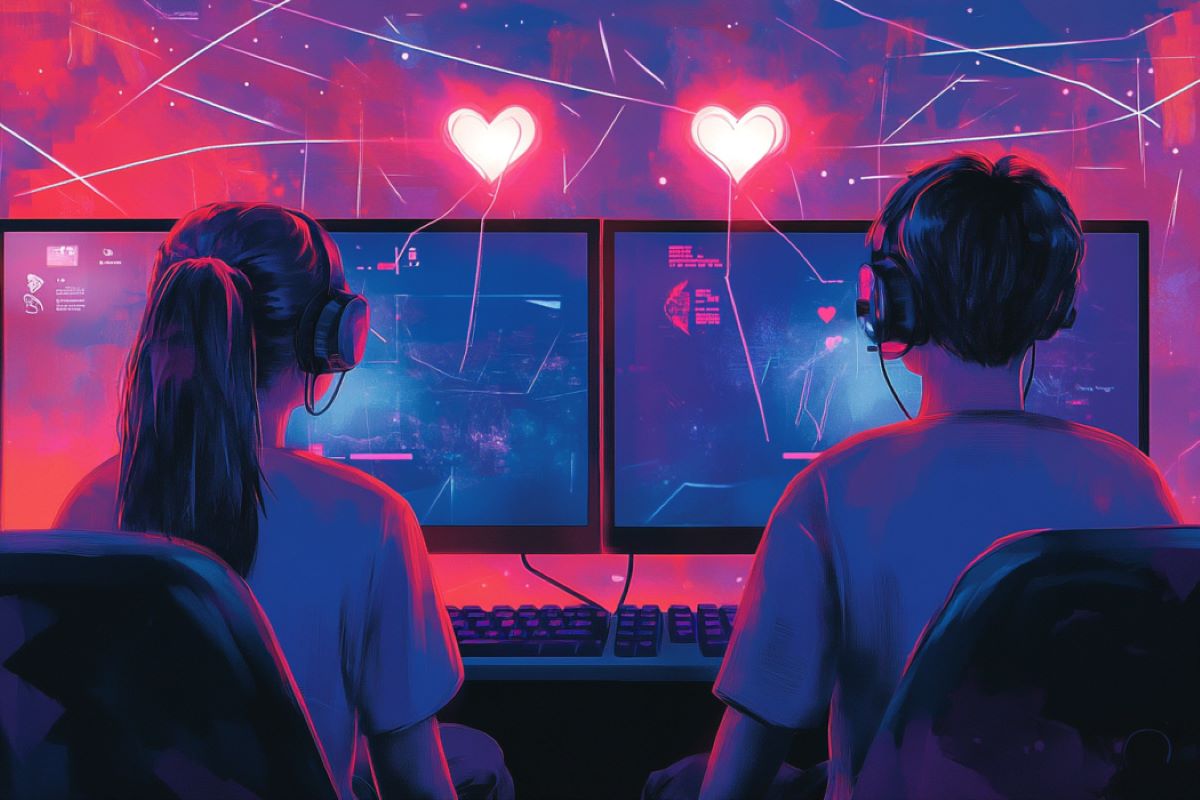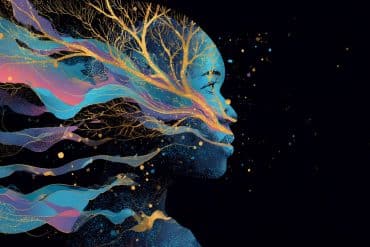Summary: Researchers have discovered that sharing real-time biosignals, such as heart rate, during online interactions can increase the sense of social presence. In a study, participants playing video games with strangers reported feeling closer when they could see their opponent’s heart rate and face.
Although the sense of presence was not as strong as when playing in person, combining biosignals with live video created the highest level of perceived connection. This method shows promise for enhancing online communication, making digital interactions more meaningful.
Key Facts:
- Sharing biosignals like heart rate increases the sense of social presence online.
- Combining heart rate and live video created the closest sense of in-person interaction.
- This approach could make online communication more fulfilling and connected.
Source: University of Tsukuba
Online communication tools are intended to bring people closer together. However, they often fail to sufficiently meet the human need for fulfilling social interactions.
What is missing is a sense of social presence, that is, a “sense of being present with another person.” This sense of social presence can be felt during mediated interactions, such as when using web conferencing tools or playing video games.
Researchers at the University of Tsukuba have identified a method for augmenting the sense of social presence in online interactions through the sharing of biosignals. Biosignals such as heart rate can convey a considerable amount of information about one’s state of being. If one is anxious, their heart rate increases; if they are relaxed, their heart rate decreases.

The researchers implemented a real-time biosignal-sharing platform and tested it in online gaming sessions between players who were strangers to one another.
The study participants comprised 20 gamers who played a set of five matches of a soccer game, each time against a new opponent. The five matches were played under different conditions: playing online without any information about the opponent, playing while viewing a live video of the opponent’s face, playing while viewing the heart rate information of the opponent, playing while viewing a live video of the opponent’s face and heart rate information, and playing offline in the same room with the opponent.
The findings revealed that this method of sharing biosignals could augment the sense of social presence. The participants regularly looked at the heart rate information of their opponent during the match, similar to how they often looked at an opponent’s face when it was presented to them. This effect was further amplified when the live video and heart rate information were presented together.
Questionnaires designed to measure the level of perceived social presence were administered to participants. The questionnaires revealed that although the augmentation method could not achieve the same level of reported social presence as when individuals play together in the same room, the combination of bio-information and face video was the closest to this optimal condition.
In a world filled with online meetings where people are converted into square portrait representations of themselves, this study presents a method for augmenting online interactions to make them more meaningful and fulfilling.
Funding: This work was supported by the Interdisciplinary R&D Project in the University of Tsukuba. This work was also supported in part by Japan Society for the Promotion of Science KAKENHI under Grant 21H03475 and Grant 24K03321, in part by the special subject of The Toyota Foundation under Grant D20-ST-0034, and in part by Japan Science and Technology Agency SPRING under Grant JPMJSP2124.
About this social neuroscience research news
Author: YAMASHINA Naoko
Source: University of Tsukuba
Contact: YAMASHINA Naoko – University of Tsukuba
Image: The image is credited to Neuroscience News
Original Research: Open access.
“Augmenting the Sense of Social Presence in Online Video Games Through the Sharing of Biosignals” by Modar Hassan et al. IEEE Access
Abstract
Augmenting the Sense of Social Presence in Online Video Games Through the Sharing of Biosignals
This study outlines the development of a platform that enables real-time bio-information sharing between gaming partners regardless of the game of choice.
The authors hypothesize that since biosignals contain information about a person’s physiological and psychological state, sharing bio-information with easy-to-understand visual representations can augment the sense of social presence between online gaming partners.
The proposed method uses the heart rate as a biosignal detected using a wrist-worn heart rate monitor, uploads these signals to a secure online real-time database, and creates visual representations of the gaming partner’s heart rate on each gamer’s screen. Comparative studies were conducted with 20 gamers.
The results showed that sharing bio-information could elicit a sense of social presence similar to sharing real-time face videos in online settings. Furthermore, a synergetic effect was observed when bio-information was combined with face video sharing, leading to an even greater perceived social presence.
Similar trends were not observed in co-presence in the participants of this study. However, grouping the participants’ scores by emotional arousal level showed a similar trend in the high-arousal group, suggesting that the impact of bio-information sharing may be modulated by the intensity of the gaming experience.
The obtained results underscore the potential of bio-information sharing to augment social presence in online gaming contexts.






